Fasteners play very important roles in making several objects. Suppose you do regular DIY projects. In that case, there’s every possibility that you used fasteners to get your job done. They help hold parts in place while preventing excess vibration and pressure. There are many different types of fasteners. The different types also come with a reasonably high level of variability.
In this article, we’ll discuss the different types of fasteners as well as their subtypes. We’ll also give you the important tips to help you select the right fastener for your work. Before we dive into the details, let’s start by defining fasteners.
What Is a Fastener?
The term ‘fastener’ is an encompassing term that describes a broad range of tools. These tools include screws, bolts, nuts, etc., and they share a common aim. The aim is to enable the mechanical adherence of objects. In simple terms, fasteners help to hold objects in place or together mechanically.
You may argue that glue can perform this function effectively. If the glue is not an example of fasteners, then what is a fastener? This will prompt us to expand on the initial definition. Hardware fasteners are those that help to hold objects together mechanically.
There is a broad classification of fasteners. It classifies them into Permanent and Non-Permanent fasteners. Generally, fasteners are considered to form non-permanent joints. That is, you should be able to separate two components connected with a fastener. While the pieces come apart, they must not suffer any form of damage. An exception to this rule is the rivet, which is a permanent fastener.
The fact that most fasteners form non-permanent joints does not mean that the joint is weak. Using the fasteners with properly formed threads will give you a reliable hold on your objects. That way, you can be sure that your object can be subject to a high level of stress. They are highly versatile, making them useful for various types of joints.
The Most Common Types of Fasteners
Mechanical fasteners come in different types. Each of those types also has many subtypes that you can choose from. Among the different types of fasteners, here are the most common ones:
- Bolts: These types of fasteners help to hold two unthreaded parts together. They can be called the most common types of fasteners.
- Screws: Screws are versatile fasteners with durable holding power. They have a similar structure to bolts. However, they do not need anything to keep them in place, unlike bolts.
- Nuts: A nut comes with an internal thread that works with a bolt to hold components together.
- Washers: They are small, circular discs shaped like an annulus. They also work together with nuts and bolts and serve important fastening functions.
- Rivets: These are permanent fasteners that help secure several different types of components.
Different Types of Fasteners and Their Uses
There are many types of fasteners out there. Every one of them works for specific types of applications. You must understand the unique uses of each of the types of fasteners. This will help you know which fastener to use for your application.
Bolt Types
Bolts are the most common fasteners used to hold unthreaded parts together. A bolt comes with external (male) threads on one of its ends. On the other end, it comes with a hexagonal head. A bold work together with a nut to fasten the required parts together.
In some cases, one part comes with a threaded hole that replaces the nut. This will minimize the components used. Bolds are among the most used types of fasteners. There are several types of bolts for various applications. Here are some of the most popular ones:
· Hex-Head Bolts

This bolt has its head shaped like a hexagon. The purpose of the bolts’ six sides is to give a good granularity of angles that you can approach the bolt. This is usually important when you need to fasten the bolt to a spot that’s difficult to reach. These bolts are used extensively in machining because they easily assemble and dissemble.
· Double End Bolts

This bolt looks like a simple threaded rod. However, a double-ended bolt comes with a thread at both ends. Therefore, they can work with a nut at one or both of their ends.
· Eye Bolts
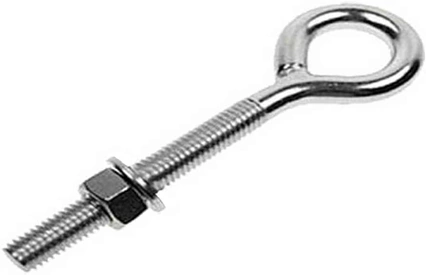
An eye bolt has a loop at one end and a thread at the other. The work of the loop depends on the machine size and design.
· Carriage Bolts
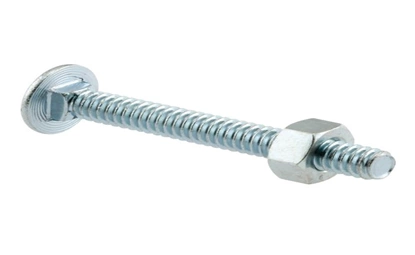
These bolts come with convex metal heads and square necks, and threads. They help in the fastening of wood materials. It easily fits into a square neck into wood pieces by applying pressure. Therefore, they have self-locking potential.
· Socket Head Bolts
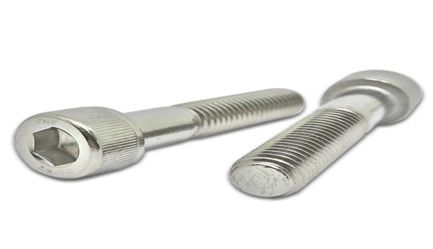
You may find some people referring to these as Allen bolts. They have cylindrical heads and hexagonal holes. An Allen wrench can help fasten this bolt to components.
· U-Bolts
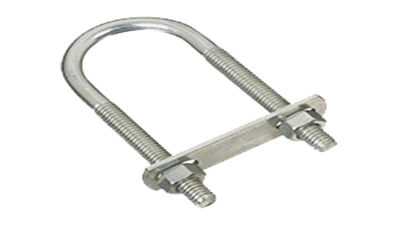
These types of bolts are shaped like horseshoes. The bent section does not have threads. However, there are threads on the straight ends all the way. U-bolts are great for holding tubes and pipes in position without making holes.
Screw Types
Screws and bolts have similar structures. Their male threads start from the tip. Also, their heads can come in various shapes. However, there are a few differences between bolts and screws. A screw often needs internal threads to hold objects together. On the other hand, bolts can maintain grip between unthreaded parts along with nuts.
Screws are commonly self-threading. That is, they can make thread into the component during installation. This eliminates the need for the previous tapping. There are many available designs for these mechanical fasteners. Each one of them has its specific usefulness. They include:
· Self-Drilling Screws
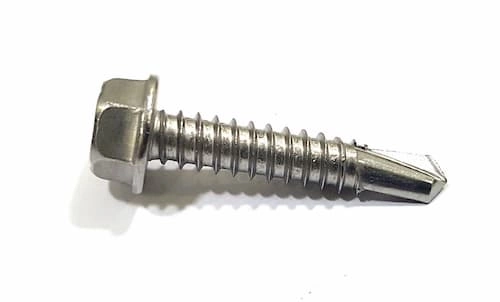
Also known as self-tapping screws, they create internal threads during installation. They have fully threaded shafts from tip to the head. These screws easily create spaces for themselves in the component during turning.
· Sheet Metal Screws
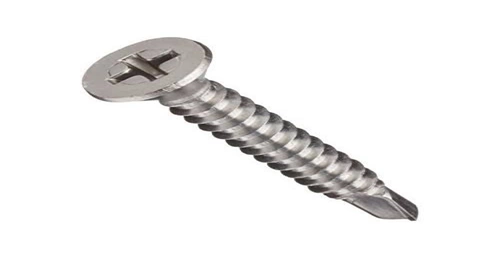
These screws have sharp cutting threads. This helps them to cut into sheet metals, wood, or plastics. Their shank is fully threaded with a notched point to enable chip removal.
· Machine Screws
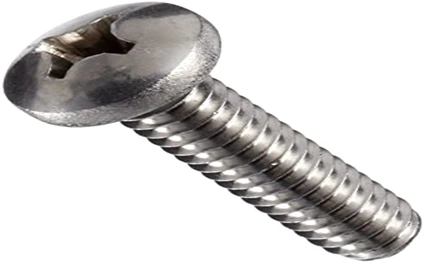
They are screws used in most machinery works. Their structure is similar to sheet metal screws. They are installed into pre-drilled holes. Therefore, there’s no need to create a hole while installing.
· Hex Lag Screws
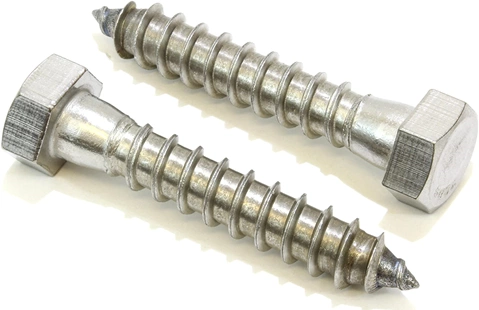
These are large wood screws. They help during heavy-duty applications in machinery and wood operations.
· Deck Screws
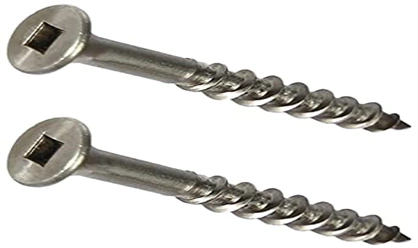
These types of screws allow for easy installation into deck and wood materials. The square drive and bugle head help eliminate stripping effects.
· Wood Screws
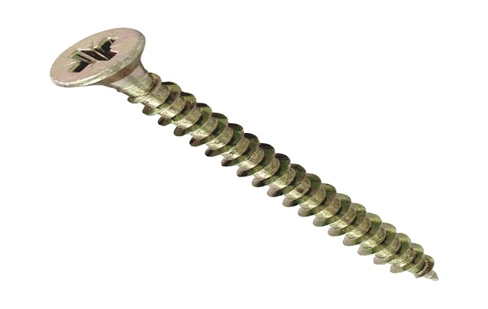
Wood screws have partial threading with smooth shanks. They easily slide through pieces of wood and pull the boards together.
Nut Types
A nut comes with an internal thread that helps it work together with a bolt of the same size. These types of fasteners provide improved grip and increased torque to users. They come in various types and designs that help them fit into various bolt shapes. The different nut types include the following:
· Cap Nuts
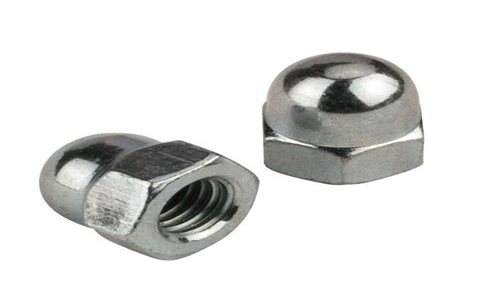
They have closed ends that look like a dome. This helps to ensure that the bolt-nut connection remains protected. It also ensures there’s a nice finish to your work.
· Castle Nuts
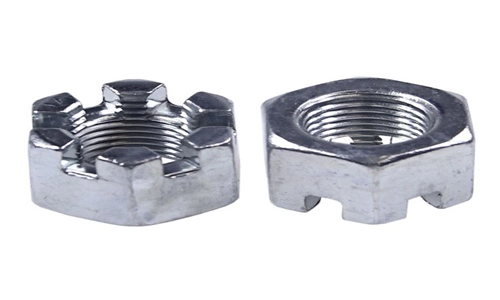
These nuts have notches at one of their ends. Their design allows the insertion of pins through their notches. They are best used where there are low torque requirements.
· Weld Nuts
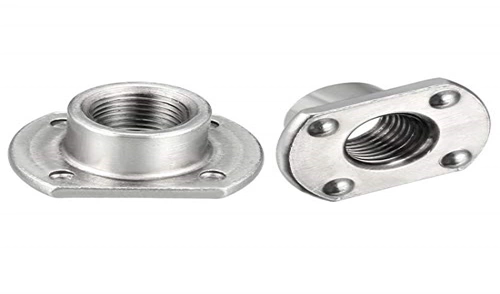
Weld nuts help to fasten components in hard-to-reach areas. They require welding onto the part surface.
· Hex Nuts
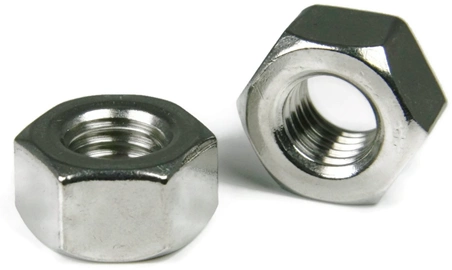
Hex nuts are the most common types. They are cheap, and you can easily assemble them using a wrench.
Washer Types
Washers are a type of fasteners used along with nuts and bolts. They are usually placed under joints, nuts, and axle bearings. Washers serve several functions, which include alleviation of friction. They also help to eliminate leakages and isolate different components. Using a washer will help prevent the loosening of components due to vibration.
· Plain Washers
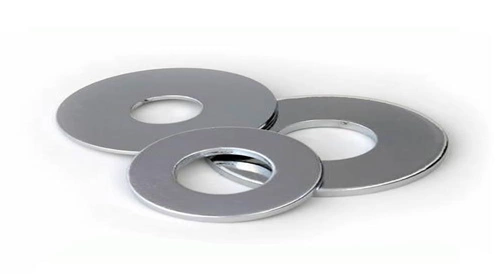
These types of washers help to isolate components from nuts or bolts. They help protect surfaces from losing their coatings. They also increase the surface area, thus distributing the load on the material.
· Spring Washers
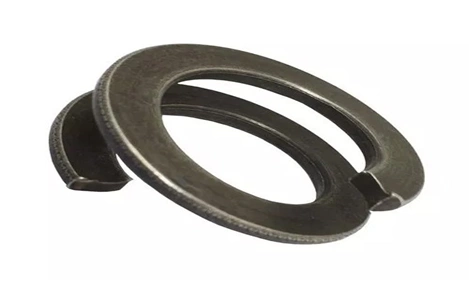
Their circular shape comes with a bit of modification. They act like springs, and their flexibility makes joints more elastic.
· Locking Washers
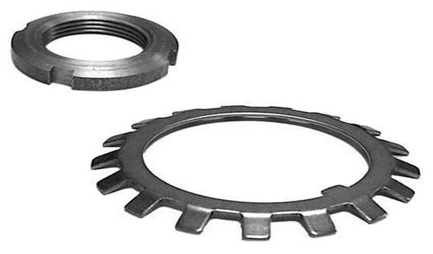
They lock nuts and bolts in place even when there’s friction or vibration. Most users prefer them to spring washers.
· Dock Washers
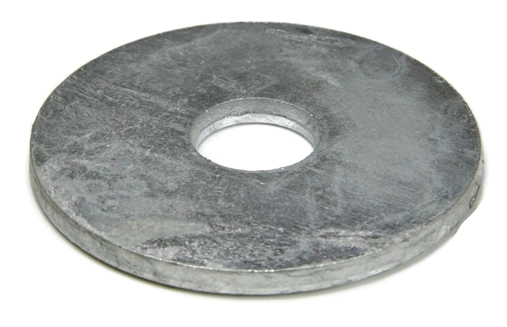
These are heavy-duty washers that help to build docks. They are also useful in heavy-duty construction where there is a need for thick washers.
Rivet Types
Rivets are the most popular types of permanent fasteners. They help to secure a wide range of materials and provide support against shearing force. A rivet is lightweight. It also comes with a head at each of its ends to support axial loads. Rivet guns are used to install rivets into components. For rivet installation, there is no need for threads. They are easy to inspect, making them preferred in the aerospace industry. The common types of rivets are:
· POP Rivets
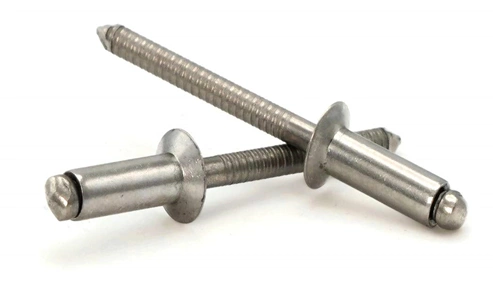
These are tubular rivets with a hat and a mandrel. They can be open-end, closed-end, or countersunk.
· Multi-Grip Rivets
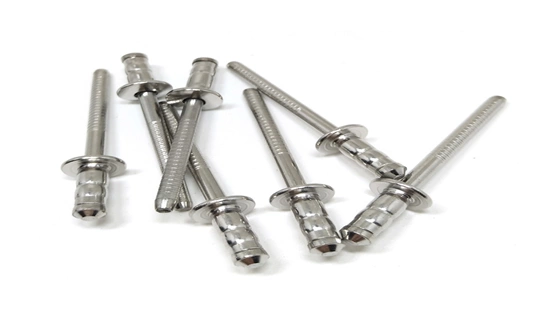
Multi-grip rivets are best used where there’s a variation in the thickness of installed materials. The rivets can expand to the required size and hold the components together.
· Tri-Fold Rivets
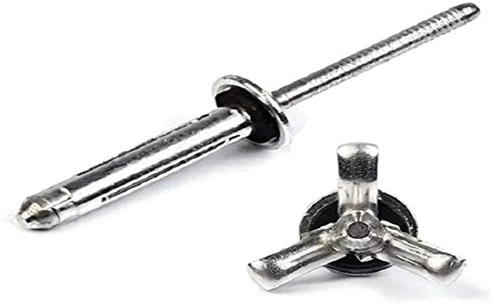
These are exploding rivets with three cuts in their hats. The hat folds outwards and offers better strength and handling power.
· Large Flange Rivets
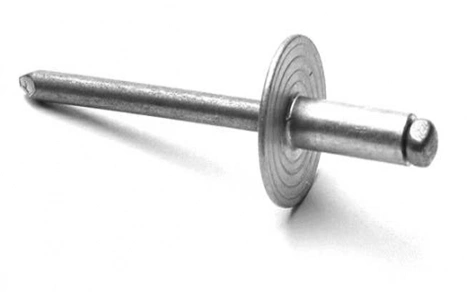
These rivets have larger washers on their hats. They help with the efficient and quick connection of materials.
How to Choose the Right Fastener for Your Applications
There is an extensive array of mechanical fasteners available. However, it is important that you choose the right one for your application. Choosing the right fastener is not only important for productivity purposes. It is also crucial for the safety of the process and the plant workers. Let’s look at how to choose the right fastener at all times.
Know the Application
The types of fasteners you use will always depend on the requirements of your application. You have to consider if your fastener will fit. The design of the fastener can be vital in knowing the amount of torque it can take. You may need a very long flange bolt to hold several components of your parts.
Also, you need to consider leaving some threads of the fastener out. This is to ensure the safety of the material and personnel. Sometimes, you may find more than one type of fastener working. In that case, you need to seek the experience of experts to decide the right one for the work.
Select the Right Thread
Thread selection is another important factor when choosing a fastener. Threads are crucial parts of an application. They may be fine (UNF), coarse (UNC), or eight-thread.
Coarse threads ensure the quicker assembly of components. On the other hand, fine threads may take longer to assemble. This is due to the number of revolutions they need to travel the distance.
The advantage of fine over coarse threads is that they offer better thread engagement. They also ensure a more secure connection for accommodating greater tension in the connection. Regardless of your option, either can be very beneficial. All you need to do is choose the thread to offer the best load-handling capabilities.
Consider the Materials of Construction
Several different materials are used in making mechanical fasteners. The most used material is carbon steel. This is due to its wide range of strength and workability properties. Other materials include alloy steel and stainless steel. Alloy steel bolts don’t usually come plated.
They are very strong but quite brittle. On the other hand, stainless steel can have specific properties for special use. They are perfect in high moisture areas, e.g., water plants. They are also good for use in areas where there may be chemical exposure. Bronze, brass, and aluminum are also used occasionally. They are highly corrosion resistant.
The best types of fasteners come with hard materials to eliminate the danger of thread stripping or galling. Pressure may build up between thread surfaces in contact. This increases friction and may cause the fusion or seizing of the fastener.
Type of Exposure for the Fastener
You must also consider the temperature you will expose the fastener to before selection. Extreme temperature changes can lead to the expansion and contraction of fastened joints. This can lead to a loose connection. Hence, the need for a fastener that can meet the temperature requirements. The level of vibration is another important consideration. A prevailing torque locknut may be the right option in areas of high vibrations. This will prevent the fasteners from loose vibration.
Choosing the right fastener becomes very easy when you have the best hands with you. RapidDirect boasts of experts who have the expertise and broad knowledge of fasteners to assist you. Contact us today for support!
Conclusion
With several types of fasteners available today, choosing the right one for your application becomes challenging. We have covered the different types of fasteners and their uses in this article. We also gave important tips to help you choose the best fastener for your components.
RapidDirect’s rapid prototyping services do not only offer design suggestions. Our services also come with fasteners assembly and sales. We offer a full range of high-quality fasteners. Regardless of your application, you can trust us to get you a fastener that will meet your standards.
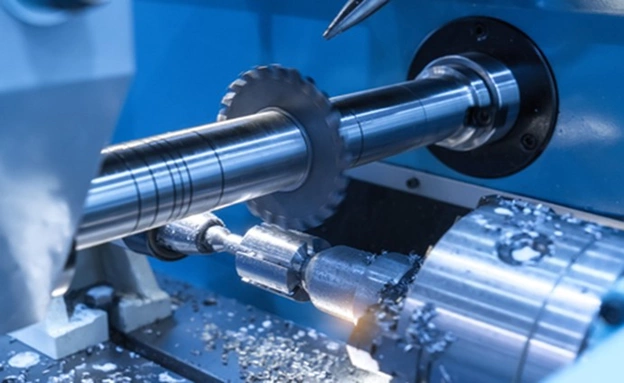
At RapidDirect, our experts will offer you guidance that will help you find the right fastener for any application. With us, you can be sure of excellent services and fast turnaround at competitive prices. Contact us today for an immediate quote.


